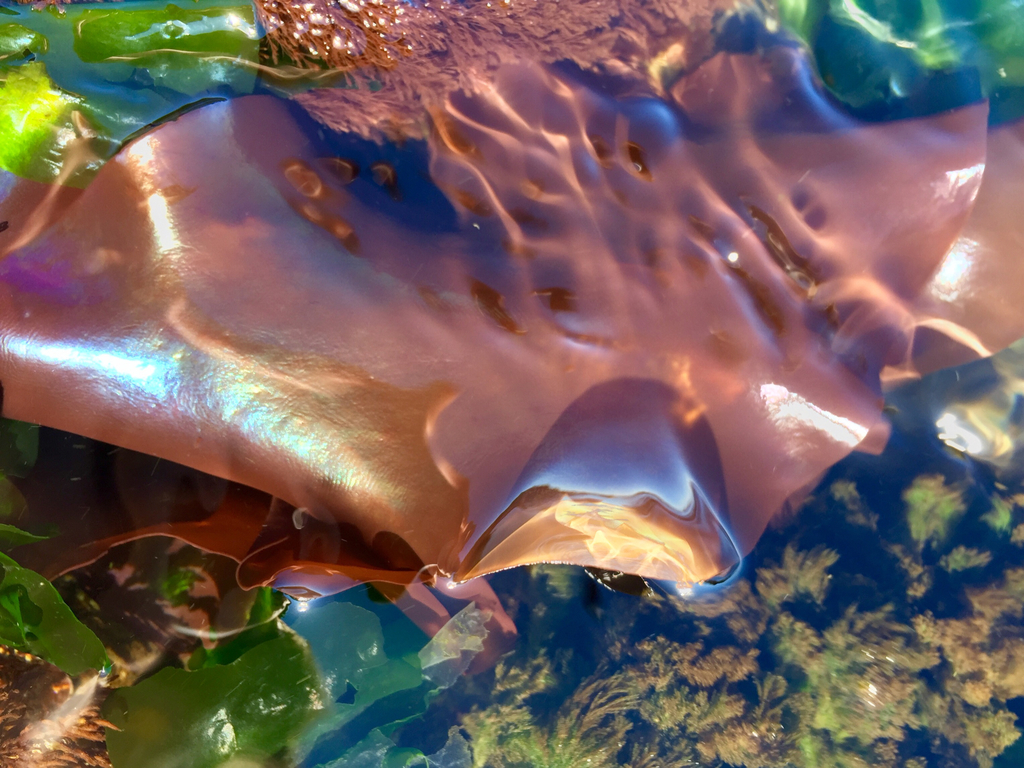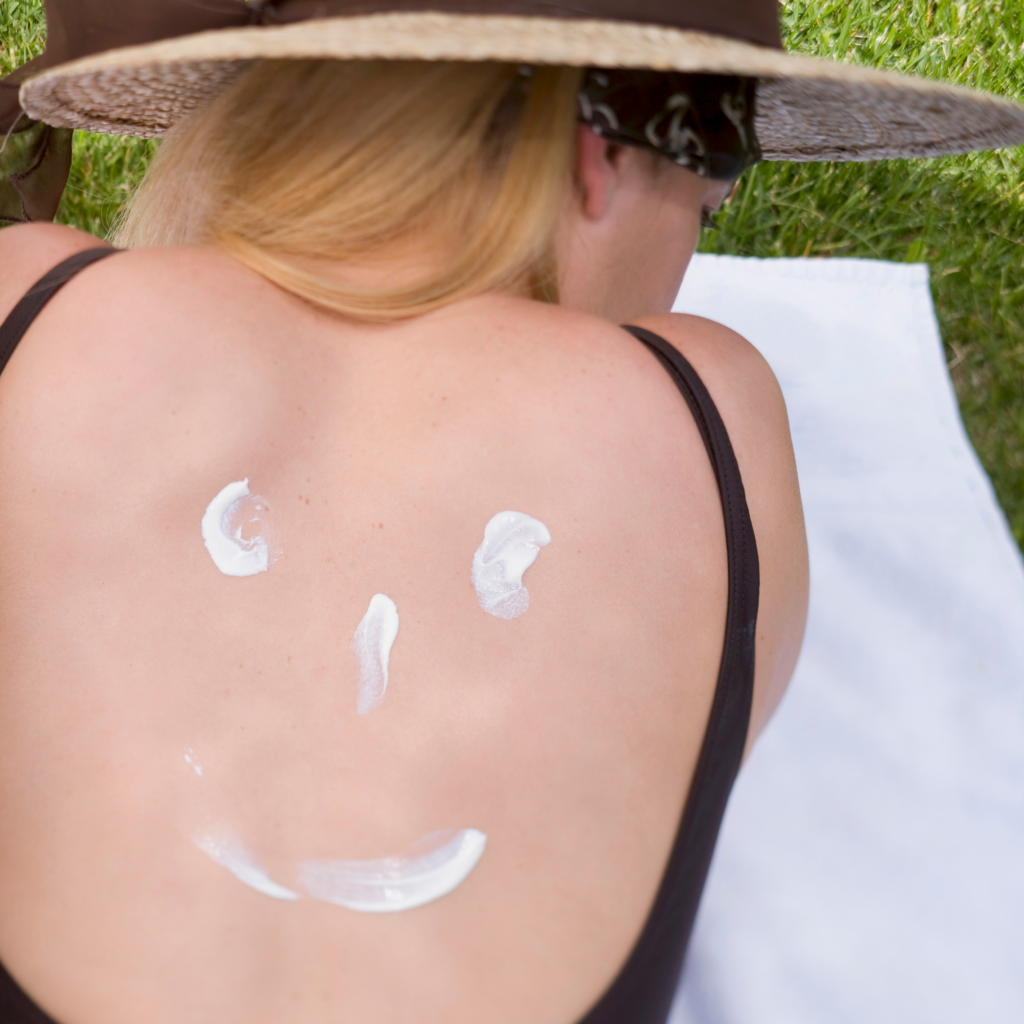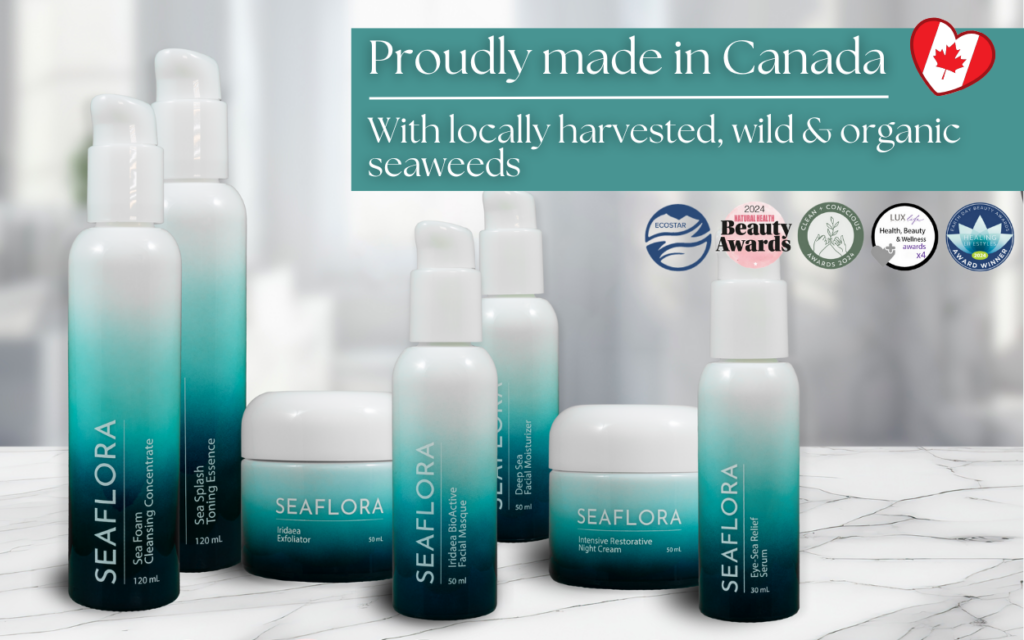Mycosporine-like Amino Acids: Revolutionary Ocean-Derived Sunblock Keeps Skin Protected
Mycosporine-like amino acids, commonly referred to as MAAs, are nothing short of a natural wonder. These tiny molecules, often overlooked, are powerful agents of resilience and adaptation in the face of harsh environmental challenges. Let’s dive into the fascinating world of MAAs and uncover why they are creating a buzz in scientific circles and beyond.
The Mighty Protectors: MAAs in Nature
MAAs are primarily known for their role in shielding organisms, from the damaging effects of ultraviolet (UV) radiation. Found in a variety of marine life, from the smallest plankton to large seaweeds, these compounds are nature’s own sunscreen.
A Study in Resilience: The Case of Mazzaella splendens
Consider the case of Mazzaella laminarioides, a seaweed thriving in the intertidal zones of Vancouver Island and Chile. Researchers exposed this seaweed to varying levels of UV radiation and observed a fascinating response: an increased synthesis of MAAs, particularly under higher UVB exposure (Karsten et al., 1998). This adaptability not only showcases the protective role of MAAs but also hints at the evolutionary ingenuity of these organisms.
Corals: The Silent Beneficiaries of Mycosporine Amino Acids
In the world of corals, MAAs are lifesavers. Corals are among the most vulnerable to UV radiation, yet those with higher MAA concentrations show remarkable resilience against bleaching, a devastating consequence of climate change, sunscreen pollution and increased UV exposure (Shick et al., 1995).
MAAs: The Future of Skincare
The cosmetic industry is abuzz with the potential of MAAs. Their ability to absorb harmful UV rays makes them ideal for natural sunscreens and skincare products.
The Eco-friendly Sunscreen
The quest for natural, environmentally friendly, and less irritating sunscreen components has led researchers to MAAs. Unlike some synthetic UV filters that harm marine life, MAAs offer a safe and sustainable alternative. Imagine a sunscreen that not only protects your skin but also cares for the environment!
The Climate Change Warriors
As the ozone layer thins, the role of MAAs becomes increasingly critical. These compounds could be the key to understanding how marine ecosystems will adapt to escalating UV levels due to climate change.
A Beacon of Adaptation
The study of MAAs in organisms like Mazzaella and Pyropia provides invaluable insights into ecological resilience. These organisms, equipped with natural UV shields, demonstrate a remarkable capacity to adapt and thrive under environmental stressors.
A Peek into Evolution
The presence of mycosporine-like amino acids across various species points to a fascinating evolutionary journey. These compounds are likely an ancient adaptation to solar radiation, offering a glimpse into how life on Earth has evolved to cope with its challenges.
Unlocking Genetic Secrets with Mycosporine-like Amino Acids
Research into the genetic and biochemical pathways of MAA synthesis is not just academically intriguing; it holds the potential for groundbreaking applications. From developing UV-resistant crops to bioengineering organisms for environmental monitoring, the possibilities are endless.
MAAs – A Testament to Nature’s Ingenuity
Mycosporine-like amino acids are a testament to the ingenuity of nature. They encapsulate the remarkable ability of life to adapt, survive, and thrive in the face of environmental challenges. As we continue to unravel the mysteries of MAAs, their potential to revolutionize industries and contribute to ecological conservation remains boundless. The study of MAAs is more than just scientific inquiry; it’s a journey into the resilience and adaptability of life itself.
Understanding Mycosporine-like Amino Acids (MAAs): Nature’s Sunscreen and Beyond
Mycosporine-like amino acids (MAAs) have garnered significant scientific interest due to their potential applications in cosmetics, skincare, and understanding of ecological adaptations. As secondary metabolites found in various organisms, including algae like Mazzaella and Pyropia, MAAs offer a fascinating glimpse into evolutionary adaptation and environmental resilience.
The Science Behind Mycosporine-like Amino Acids
MAAs are small, water-soluble compounds produced by a variety of marine organisms, including algae, cyanobacteria, and some fungi. Their primary known function is to provide protection against ultraviolet (UV) radiation. MAAs effectively absorb harmful UV rays, thus preventing DNA damage and other cellular injuries caused by UV exposure.
Key Studies and Findings of Mycosporine-like Amino Acids
Mycosporine-like amino acids in Seaweed Adaptation: A pivotal study conducted in Punta Arenas, Chile, examined the effects of solar UV radiation on Mazzaella laminarioides, a seaweed species. This research, performed over 18 days, exposed the seaweed to different levels of solar radiation, including UVA and UVB rays. The results demonstrated that MAAs were upregulated in response to increased UV exposure, highlighting their role in photoprotection and suggesting a mechanism for environmental adaptation.
MAAs in Coral Resilience: Research on corals has shown that MAAs play a critical role in their survival, particularly in shallow water environments where UV radiation is intense. Corals with higher concentrations of MAAs exhibit greater resilience to bleaching events, a phenomenon exacerbated by climate change.
Mycosporine-like Amino Acids in Cosmetics and Skincare
The UV-absorbing properties of MAAs have made them a subject of interest in the cosmetics and skincare industry. Their natural origin and high UV absorption efficiency make them ideal candidates for BB Creams, tinted moisturizers, mineral sunblock and other protective skincare products. MAAs can offer a more eco-friendly and potentially less irritating alternative to synthetic UV filters currently used in sunscreens.
Research and Development for Mycosporine-like Amino Acids
Several studies are underway to synthesize MAAs in the lab or extract them from natural sources efficiently. The goal is to incorporate these compounds into skincare products that can provide broad-spectrum UV protection while being gentle on the skin and environmentally sustainable.
Climate Change and Mycosporin-like Amino Acids
The increasing UV radiation due to ozone layer depletion makes understanding MAAs more crucial than ever. Organisms that produce MAAs could provide insights into biological mechanisms of UV resistance, which can be crucial in developing strategies to mitigate the impacts of climate change on biodiversity.
Ecological Implications of Mycosporin-like Amino Acids
Studying how organisms like Mazzaella and Pyropia produce MAAs can inform us about evolutionary processes and ecological adaptations. This knowledge is vital in predicting how marine ecosystems might respond to changing environmental conditions, including increased UV radiation. MAAs are thought to be an evolutionary adaptation to protect against UV radiation. Understanding the biosynthesis and regulation of MAAs in different organisms can shed light on evolutionary pathways and the adaptation of life to varying environmental stresses.
Future Research Directions
Further research is needed to explore the genetic and biochemical pathways involved in MAA synthesis. This will not only enhance our understanding of evolutionary biology but could also lead to biotechnological applications, such as the development of UV-resistant crops or bioengineered organisms for environmental monitoring.
Mycosporine-like amino acids represent a remarkable intersection of environmental adaptation, evolutionary biology, and potential biotechnological applications. From offering insights into the resilience of marine ecosystems to holding promise for eco-friendly skincare products, MAAs epitomize the incredible adaptability of life and its endless potential for innovation.
As we continue to explore these versatile compounds, their role in mitigating the impacts of climate change and their utility in everyday products like sunscreens could make MAAs a crucial component of both ecological conservation and human health. The ongoing research and development in this field are sure to bring exciting advancements in the years to come.
References:
Karsten, U., et al. (1998). “MAAs in a Marine Red Alga: Responses to UVB Radiation.” Journal of Photochemistry and Photobiology B: Biology.
Shick, J.M., et al. (1995). “MAAs in Coral Reef Organisms: A Protective Role against UV Radiation.” Marine Ecology Progress Series.
Bandaranayake, W.M. (1998). “Mycosporines: Are they nature’s sunscreens?” Natural Product Reports. https://pubmed.ncbi.nlm.nih.gov/9586224/









